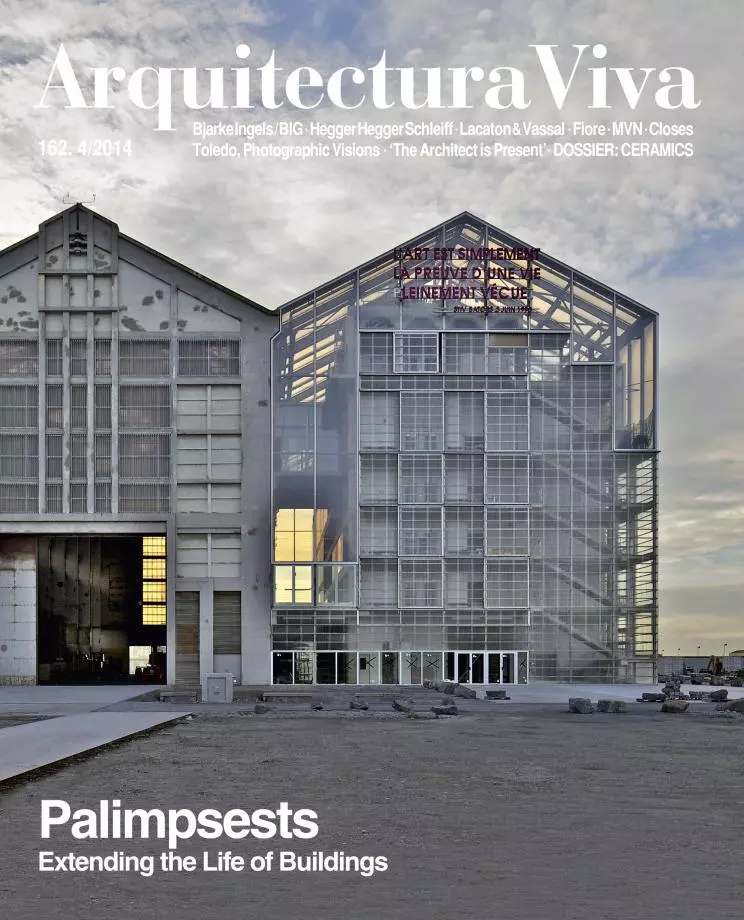Renewable Energy Plant in Wilhelmsburg’s former bunker
Hegger Hegger Schleiff / HHS Architekten- Type Industry Energy plant Refurbishment
- Date 2014
- City Hamburg
- Country Germany
- Photograph Bloomimages


Allied air raids on German cities in the final years of World War II led to the construction of gigantic bunkers of reinforced concrete where the civilian population could seek shelter during bombings. The interior of one of those that remained in Hamburg was gutted in a controlled demolition by the British in 1947, when it was established that the entire bunker could not be torn down without incurring damage on the nearby buildings. The enormous, 42-meter-tall construction was altogether abandoned, and with time it became the anachronistic landmark of a residential district. Hamburg’s becoming the venue of the IBA (International Building Exhibition) has made it possible for the huge mass to be transformed into a facility with the capacity to generate 22,500 megawatt hours of heat and 3,000 megawatt hours of electricity for the surrounding neighborhood. The building is in reality a huge water tank, with capacity for 2 million liters, that functions as an energy drain for the seasonal heat exchange of energy produced by a biomass cogeneration and a thermosolar plant, and which also stores the residual heat produced by a factory in the vicinity. The program is completed with a cafeteria set 30 meters high, on a large cantilevered platform of concrete and between the towers that once accomodated anti-aircraft weapons.
Obra Work
Planta de energías renovables en el búnker de Wilhelmsburg Renewable Energy Plant in Wilhelmsburg’s former bunker, Hamburg (Germany).
Cliente Client
IBA Hamburg / Hamburg Energie.
Arquitectos Architects
Hegger Hegger Schleiff / HHS Architekten.
Fotos Photos
Bernadette Grimmenstein, Bloomimages, Martin Kunze







